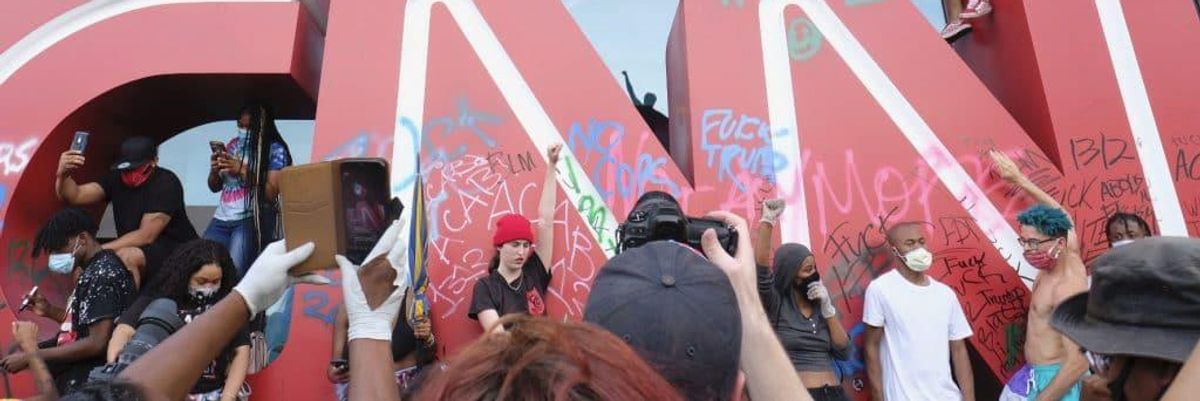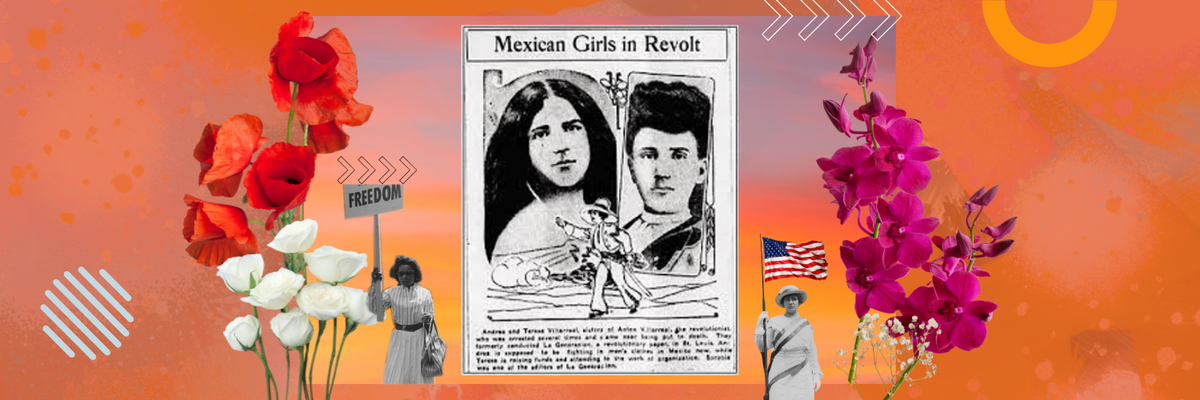
As cities across the country erupted in demonstrations after the murder of George Floyd, whose death at the hands of police ignited protests nationwide, Latinos joined in solidarity on the streets and online, including many using the hashtag #LatinosforBlackLivesMatter.
Saw a comment that really bothered me, “where were the Blacks and Afro-Latinx when families were being separated?”
Baby, I was out there marching. This ain’t the time for tit for tat.
✊🏼✊🏽✊🏾✊🏿#BlackLivesMatter #LatinosForBlackLivesMatter
Washington D.C- ‘18
Baltimore- ‘20 pic.twitter.com/khFFQ0ZWIU
— g.🐰 (@hollywoodglammy) May 31, 2020
It is our job as first gen children of immigrants to correct our parents when they use racist slurs and explain to them why these protests are important. #LatinosForBlackLivesMatter
— 'Lena (@LenaInCoffee) May 31, 2020
National Latinx leaders expressed solidarity as well. Janet Murguia President and CEO of the UnidosUS–the largest national Latino civil rights organization–issued a statement calling George Floyd’s death a “senseless and brutal killing.” Maria Teresa Kumar, President and CEO of Voto Latino called out President Trump for gutting the 21st Century Task Force, a task force created by the Obama Administration to address the culture change needed to end police brutality.
Disturbing examples of police brutality against the Black community have, unfortunately, been so common that when Amy Cooper, a white woman, recently feigned distress when calling the police on Christian Cooper (no relation), a Black man, it was widely understood as a threat since the expectation is that the police would likely hurt or kill the man.
There are many reasons for solidarity amongst Latinos with the Black Lives Matter movement. For one, the two communities are not always distinct. Black Latinos, Afro-Latinos and mixed race folks can find themselves at the intersections of these communities. There are also some shared experiences that drive solidarity. Latinos also experience police brutality at a higher rate than White people in the U.S. Latinos are overrepresented in interactions with police, and are more likely to be searched or arrested than Whites. In fact, Latinos represent “17 percent of the US population but about 14 percent of police casualties” while “Whites are 63 of the population but only 48 percent of police killings.”
State-sanctioned violence on the Latino community is not new. For example, it was not uncommon for Latinos to be lynched from the 19th century and well into the 20th. Gabriel San Roman, former OC Weekly reporter who covered police brutality, told Luz Collective via e-mail: “There’s a historical record of lynchings of Latinos in the American West, like the Santa Ana case of Francisco Torres. More recently, we can look back at police violence during the 1970’s. There’s the horrible incident in 1973 where 12-year-old Santos Rodriguez was dragged from his Little Mexico home in Dallas, Texas by police officers, one of whom put a gun to his head during questioning. Santos didn’t steal eight dollars from a vending machine at a gas station and pleaded as much, but the second time the officer pulled his trigger, there was a bullet in the chamber.The Mexican-American community protested days later and burned police motorcycles in the streets.”
Despite this history, today there is little data on Latinx people in the justice system. Because Latinos are an ethnic group that includes many races, data is hard to track or keep accurate. For example, a non-Black Latino may be categorized as White by institutions like the census. Likewise, a person’s race can be Black while their ethnicity may be Latinx, so it may very well be that Afro-Latinx people are being counted as Black in studies. “Seventy-five percent of Latinos in the United States live in just 10 states,” says a report from the Urban Institute. “Many of these states have significant gaps in reported ethnicity data despite their large Latino populations. California, Florida, and New Mexico, for example, all reported ethnicity data in fewer categories than the average state.”
There have been some recent instances of protests against police killings of Latinx people. In 2015, an unarmed Latina teen was killed by police when she was fatally shot while in a vehicle she presumably drove toward police. Public outcry over the incident, that occurred in Denver, eventually led to changes including forbidding the inclusion of criminal records of victims killed by police as part of the investigation.
In Anaheim, the death of two Latino young men one day apart sparked civil unrest, which resulted in the city adopting more community policing policies and hiring their first Latino police chief. “After the Anaheim Riots in 2012, some mild reforms came into being. The city established a public safety board, but it had little to no teeth,” San Roman said, “Anaheim also got its first-ever Latino police chief in Raul Quezada, but few seemed to recall that he served as an ‘incident commander’ during the infamous July 29, 2012, militarized police response to protests that continued after the riots.”
These examples of civic action resulting in meaningful changes in police policy seem to be outliers since police brutality is on the rise and in particular for women. According to a brief by the Prison Policy Initiative, “The number of women experiencing police use of force in 2015 was 4.5 times (353%) the number experiencing force in 1999, up from 55,181 to 250,200. Meanwhile, the number of men experiencing police use of force doubled from 366,533 in 1999 to 735,100 in 2015.” Police brutality against women often comes in the form of sexual assault as was the case of the Sacramento police officer that was charged with kidnapping and rape of multiple women.
Communities of color continue to be frustrated with the growing number of examples of police brutality. The show of unity many Latinx protestors showed over the weekend reinforces a study that finds that the majority of Latino and Black millennials believe the police should have stricter criteria for the use of force while White millennials hold less support for such measures.
Over recent days, the public saw more solidarity from the Latinx community in support of the Black Lives Matter movement which calls for an end to anti-Blackness. To end anti-Blackness this also includes fighting anti-Blackness in the Latino community. The Black Lives Matter website expresses that “Black lives matter, regardless of actual or perceived sexual identity, gender identity, gender expression, economic status, ability, disability, religious beliefs or disbeliefs, immigration status, or location.” With the continued rise in incidents of police brutality, any policy gains that bring about more accountability will have a positive impact on communities everywhere.











